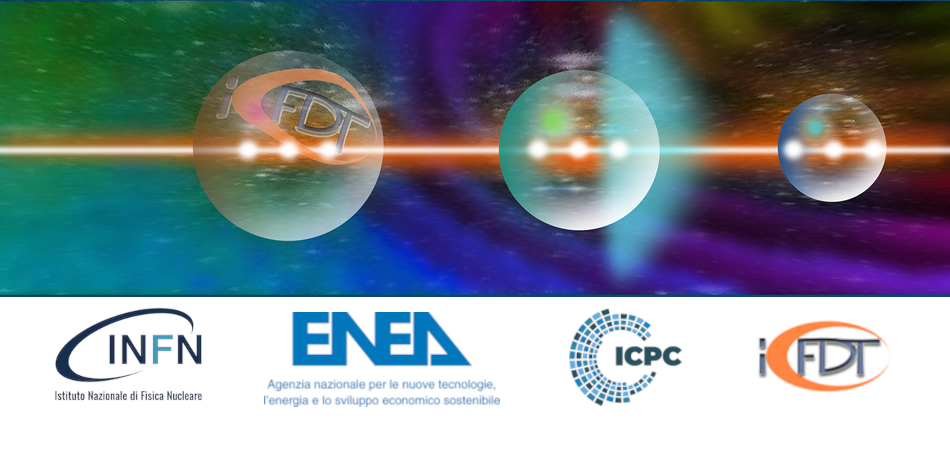Speaker
Description
Alexandru Boboc the JET Operations Team*
UKAEA, Culham Campus, Abingdon, OX14 3DB, UK
* See the author list of ‘JET machine operations in tritium & D-T’ by D B King et al., to be published in Nuclear Fusion Special Issue: Overview and Summary Papers from the 29th Fusion Energy Conference (London, UK, 16-21 October 2023)
E-mail: Alexandru.Boboc@ukaea.uk
After more than half a century of mostly academic research on nuclear fusion, we are now at a phase to start building industrial size machine to operate with reactor-mode. However, to control and operate such complex machines, robust and reliable diagnostics are essential.
Reactor- grade diagnostics systems requirements translate in the ability to operate in an incredibly challenging environment and that is matched only to a certain extent in some of past or existing fusion devices around the world.
Some conditions will be new such as strong electro-dynamic forces due to high (10 Tesla) magnetic fields, neutron fluence(for the lifetime of the machine) five to seven order of magnitude larger than any past or existing plasma experiment, extremely limited access to the machine for viewing ports, plasma duration measured in hours and days and, most notably, very low or zero access to most of the parts of diagnostics. With that in mind one must develop a system with enough redundancy and robustness to survive these extreme conditions for many years to come.
None of the diagnostics existing today would translate directly to a reactor design but we can use the experience accumulated over 70 years in developing and operating diagnostics systems for a fusion reactor.
This presentation will focus on key aspects, requirements, and strategy in designing future reactor grade nuclear diagnostics, with focus on the interferometry and polarimetry based on experience accumulated on various machines (JET being the primary example with more than 40 years of operation).
Acknowledgments
JET, which was previously a European facility, is now a UK facility collectively used by all European fusion laboratories under the EUROfusion consortium. It is operated by the United Kingdom Atomic Energy Authority, supported by DESNZ and its European partners. This work, which has been carried out within the framework of the Contract for the Operation of the JET Facilities up to 31 October 2021, has been funded by the Euratom Research and Training Programme. Since 31 October 2021, UKAEA has continued to work with the EUROfusion Consortium as an Associated Partner of Max-Plank-Gesellschaft zur Förderung der Wissenschaft e.V represented by Max-Plank-Institut fur Plasmaphysik (“IPP”) pursuant to Article 9.1 of the EUROfusion Grant Agreement for Project No 101052200. The views and opinions expressed herein do not necessarily reflect those of the European Commission.

